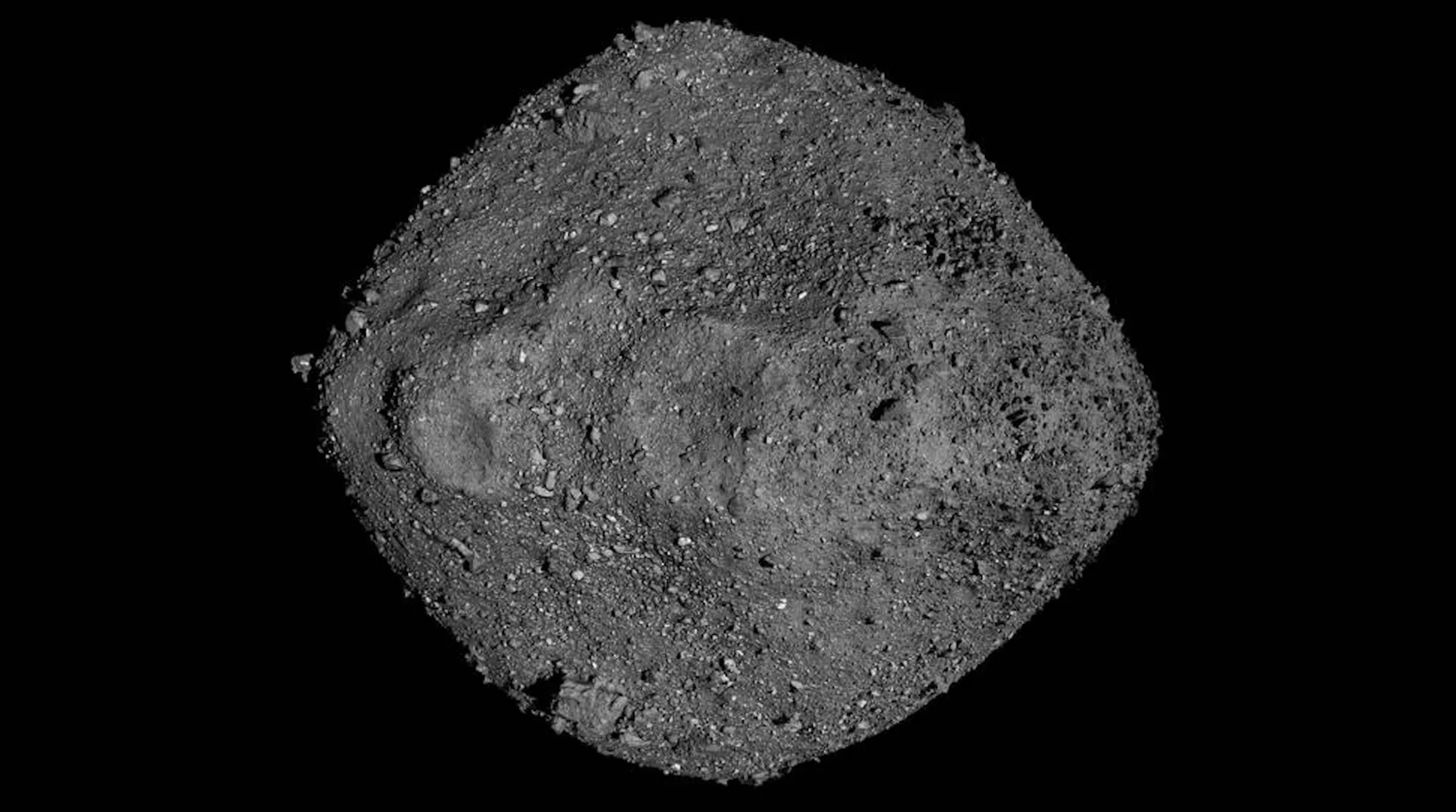
Asteroid now most surveyed in solar system, thanks to a Canadian laser instrument
Prof. Mike Daly, who led the instrument science team, available for interviews before and after historic NASA OSIRIS-REx mission drop this weekend

TORONTO, Sept. 21, 2023 - The much-anticipated arrival of the Bennu asteroid sample to Earth means researchers across Canada and the world will be able to study it to better learn about the origins of the solar system, thanks in part to work led by a York professor at the Lassonde School of Engineering. This Sunday morning, NASA’s OSIRIS-REx plans to make that brief, but key pit stop back to earth’s orbit to parachute a package to the Utah desert, and Mike Daly, York Research Chair in Planetary Science with the Centre for Research in Earth and Space Science (CRESS) couldn’t be more excited.
“We get most of our information from asteroids by meteorites that fall to earth and then we try to figure out where they came from,” says Daly, who led the OSIRIS-REx Laser Altimeter (OLA) science team for the Canadian Space Agency (CSA). “We have few meteorites that look similar to Bennu and a unique aspect is just how pristine this sample is. We don’t know what we will find, and now we have the opportunity to study material that just may never make it to Earth.”
From helping get the spacecraft to the surface of Bennu, to choosing a sampling site, to collecting the data used to create the shape-model of Bennu, OLA contributed to the OSIRIS-REx mission in a number of key ways, says Daly, adding that Bennu is now the most highly surveyed body in the solar system.
“This is the most accurate shape-model of an asteroid ever, the level of detail is unbelievable,” he says. “Almost three-billion measurements were taken to create a model representation of Bennu.”
Daly, an expert in planetary exploration, simulation and space flight instrumentation, first started working on the concept back in 2008, while working for his previous employer. MDA carried out the building of the technology for the CSA when he moved to his role at York, but he continued to be the scientific lead on the project.
From among the more than half a million known asteroids in existence, Bennu was chosen for its proximity to Earth, size, mineralogy, and other key features, but the orbiting matter around it and rough exterior of the terrain still came as a surprise when OSIRIS-REx arrived at Bennu in 2018 and spent the next couple of years collecting information. Contacting the asteroid to take its sample and finding the surface to be relatively soft was another revelation.
The spacecraft was able to extract an estimated 250 grams of matter, which, once it arrives in Utah and is shipped to Houston to be opened, will be further studied, with York looking specifically at the microthermal properties of Bennu. Due to the Canadian contribution to the mission, four per cent of the sample will be held in Canada for future research.
Asteroids are leftovers from the formation of the solar system, so the information contained in the Bennu sample will help scientists glean information about the early days of the solar system.
Other York researchers involved in the project include Jeff Seabrook, who was the deputy instrument scientist and James Freemantle, who provided project management for Canadian researchers. Johns Hopkins University Applied Physics Lab were close partners in analyzing the data.
While the Bennu sample will stay on Earth, the spacecraft will continue back through space where it is planned to take measurements of another asteroid, Apophis. While Daly describes Bennu as a “well-behaved” asteroid due to its relatively steady spin on one rotational axis, Apophis will prove more challenging to capture, due to its tumbling nature. Whatever they discover next, Daly is sure it will be yet another source of amazement.
“It really takes me back to my childhood, you know, watching astronauts land on the Moon and watching Viking land on Mars,” he says. “I have a strange job where I’ve had the privilege of seeing a couple of missions that I had some significant responsibilities for and that part of the job I really love. Even from the initial images before we start working on it, it’s always cool and interesting and you think ‘No one has seen it like this before’.”
While Daly will be in the U.S. as part of the CSA team for the return mission, closer to home, Lassonde will have a space at the Royal Ontario Museum (ROM) in the Earth Rangers Studio on Sunday, Sept. 24 from 10 a.m. to 2 p.m. The event will be open to the public with the cost of admission to the ROM.
Daly will be available for interviews ahead of the launch and in Houston until Sept. 29.
Watch NASA’s live-stream of the return mission here.
